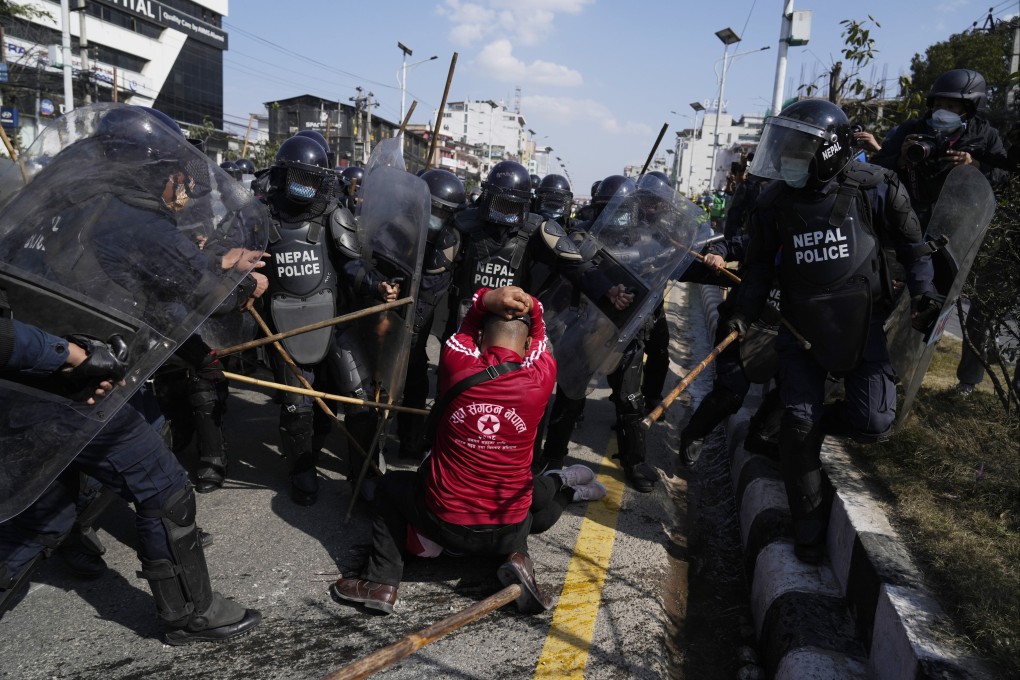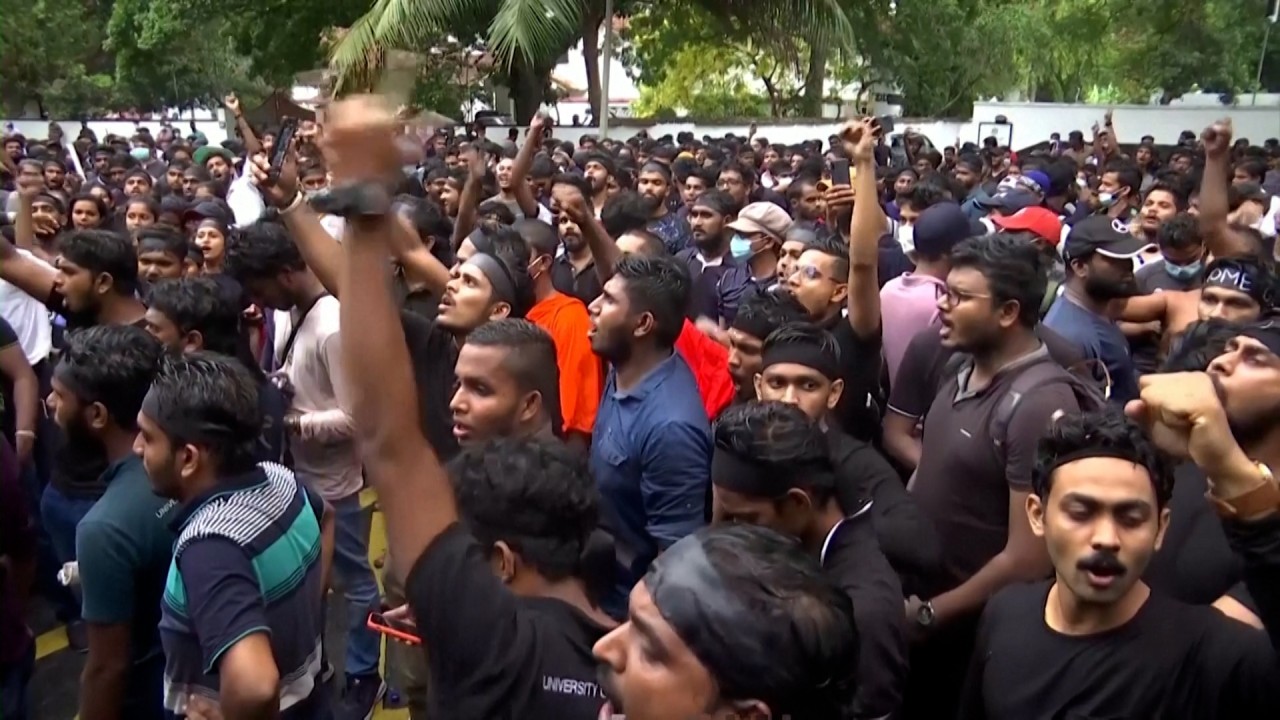Opinion | Nepal’s economic woes, following Sri Lanka’s crisis, turn up the heat on China’s belt and road loans
- Critics warn that Nepal risks being another indebted country facing economic ruin if it accepts loans from China, in the wake of the Sri Lanka’s debt troubles
- In Nepal, the Chinese infrastructure initiative is increasingly seen in the context of US-China rivalry

Adding to the troubles are the disagreements between Nepal’s finance minister and its central bank governor, which came to a head on April 8. Maha Prasad Adhikari, governor of Nepal Rastra Bank, the central bank, was suspended by the government on the charges of leaking sensitive information and failing to effectively fulfil his responsibilities. However, former finance ministers have come together to condemn the move, which they say is a smokescreen to hide the government’s inability to perform.
Coming under increasing scrutiny is a policy that many believe to be the epicentre of these woes. China’s flagship Belt and Road Initiative, announced in 2013, has led to greater Chinese investment in Asia. It was meant to help build infrastructure to allow developing countries to grow quickly and establish themselves as middle-income economies. It also marked China’s growing influence in the region.
In 2017, Nepal and China signed a memorandum of understanding to cooperate over the Belt and Road Initiative. Other big contracts were also signed in countries such as Sri Lanka, Cambodia, Pakistan and Malaysia.
The term “debt-trap diplomacy” was coined during Donald Trump’s presidency, and it marks the West’s growing unease with China’s widening sphere of influence in this region. Detractors who are deeply suspicious of China’s intentions argue that debt-trap diplomacy has the potential to put borrowing nations in a tailspin.


